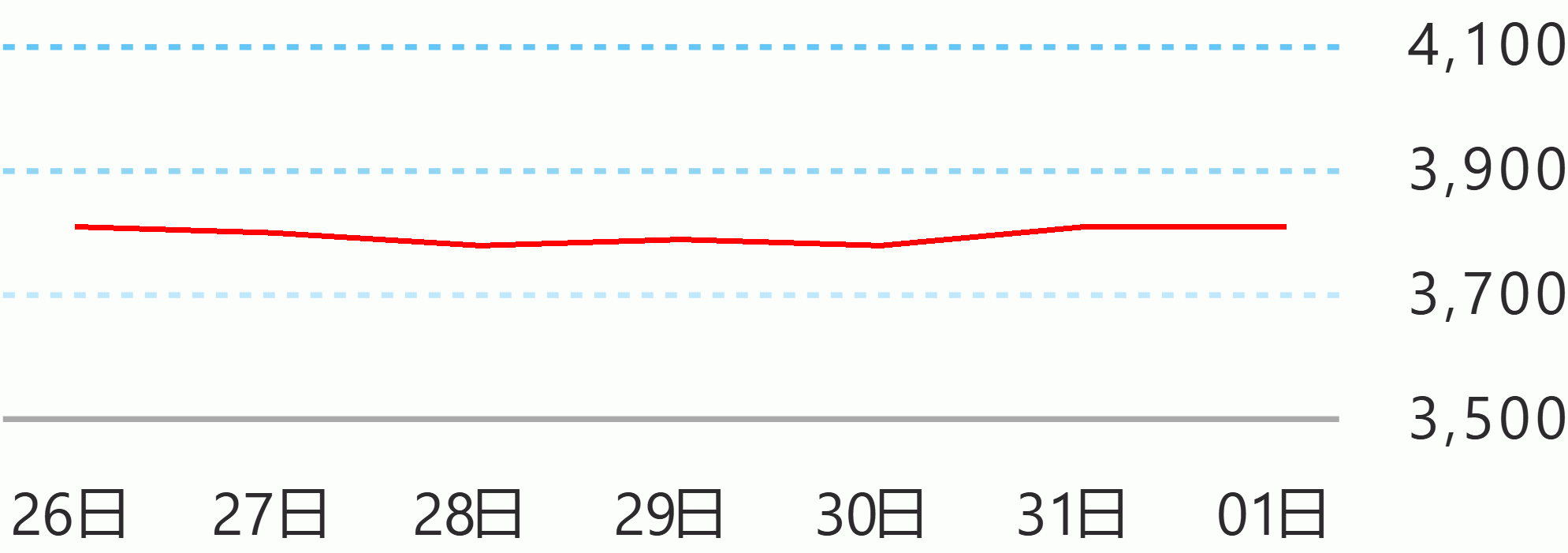Total external debt stood at $128.7 billion as of end-March, up by $3.3 billion (or 2.6 percent) from the $125.4 billion level as of end-December 2023. Despite the increase in the debt stock, the external debt ratio remains at prudent levels, recording at 29.0 percent from 28.7 percent in the last quarter of 2023.
Other key external debt indicators also remained at comfortable levels. Gross international reserves (GIR) stood at $104.1 billion as of end-March and represented 3.8 times cover for short-term (ST) debt based on the remaining maturity concept.
The debt service ratio (DSR), which relates principal and interest payments (debt service burden) to exports of goods and receipts from services and primary income, improved to 8.9 percent from 13 percent for the same period last year due to lower scheduled debt service payments in the first quarter of 2024.
The DSR and the GIR cover for ST debt are measures of the adequacy of the country’s foreign exchange (FX) resources to meet maturing obligations.
The rise in the debt level was due to resident entities’ net availments of $2.5 billion, largely by private sector banks which raised $2.1 billion funds from offshore creditors for general corporate expenditures, refinancing of borrowings and liquidity purposes.
Meanwhile, the $331 million net availments by public sector entities were mainly driven by the National Government (NG) to fund its various projects/programs which include initiatives to enhance tax system efficiency and foster an enabling environment for digital technology adoption.
Positive investor sentiment also contributed to the growth in the debt stock as investments in Philippine debt securities by non-residents rose by $1.2 billion. In addition, prior periods’ adjustments also increased the country’s debt level by $551 million. The negative $927 million FX revaluation of borrowings denominated in other currencies amid US dollar appreciation partially tempered the rise in the debt stock.
Year-on-year, the country’s debt stock rose by $9.9 billion (or by 8.3 percent) from the end-March 2023 level of $118.8 billion.
The increase was primarily driven by total net availments of $8.9 billion, of which $5.4 billion are attributed to borrowings by private sector entities (majority are banks). The net acquisition of Philippine debt securities by non-residents of $1.5 billion and prior years’ adjustments of $1.0 billion further contributed to the year-on-year increase. The negative $1.6 billion FX revaluation of borrowings denominated in other currencies partially tempered the rise in the debt stock.
As of end-March, the maturity profile of the country’s external debt remained predominantly MLT in nature (those with original maturities longer than one year), with its share to total at 86.7 percent (or $111.6 billion).
Relative to previous quarter, the weighted average maturity for all MLT accounts increased to 16.8 years from 16.7 years, with public sector borrowings having longer average tenor of 20.1 years versus 7.6 years for the private sector.
On the other hand, ST liabilities (or those with original maturities of up to one year) stood at $17.1 billion (or 13.3 percent of the total external debt) and comprised mainly of: (a) bank liabilities ($13.1 billion); (b) trade credits ($2.7 billion); and (c) other liabilities ($1.3 billion).
Of the MLT accounts, $59.9 billion (or 53.7 percent) have fixed interest rates, $48.9 billion (or 43.8 percent) carry variable rates, and $2.8 billion (or 2.5 percent) are non-interest bearing.
Public sector external debt grew to $78.9 billion (or by $1.1 billion or 1.4 percent) in the first quarter of 2024 from the previous quarter’s $77.8 billion level. Its share to total decreased to 61.3 percent from 62.1 percent a quarter ago.
The increase in public sector borrowings was driven by: (a) the net acquisition by non-residents of public sector debt securities aggregating to $1.6 billion; and (b) the $331 million net availments, largely by the NG for its various projects/programs.
About $72.3 billion (or 91.6 percent) of public sector obligations are attributed to the NG, while the remaining $6.6 billion (or 8.4 percent) pertained to borrowings by government-owned and controlled corporations, government financial institutions and the BSP.
Private sector debt rose to $49.8 billion at the end of Q1 2024 with its share to total debt increasing to 38.7 percent from 37.9 percent last quarter. The $2.2 billion (or 4.7 percent) increase from the end-2023 level of $47.6 billion was due mainly to bond issuances by local private banks amounting to $1.8 billion.
Major creditor countries were Japan ($15.2 billion), the United Kingdom ($4.6 billion), and the Netherlands ($3.9 billion).
Loans from official sources [multilateral ($34.8 billion) and bilateral creditors ($15.9 billion)] had the largest share ($50.7 billion or 39.4 percent) of the total outstanding debt, followed by borrowings in the form of bonds/notes ($42.2 billion or 32.8 percent) and obligations to foreign banks and other financial institutions ($28.5 billion or 22.1 percent); the rest ($7.3 billion or 5.6 percent) were owed to other creditors (mainly suppliers/exporters).
In terms of currency mix, the country’s debt stock remained largely denominated in US dollar ($97.8 billion or 76 percent of total) and Japanese yen ($11.1 billion or 8.6 percent of total). The rest ($19.8 billion or 15.4 percent) pertained to 17 other currencies, including the Philippine peso (US$9.3 billion or 7.2 percent), Euro ($5.9 billion or 4.6 percent), and Special Drawing Rights (US$3.8 billion or 2.9 percent). Bangko Sentral ng Pilipinas





 English
English










